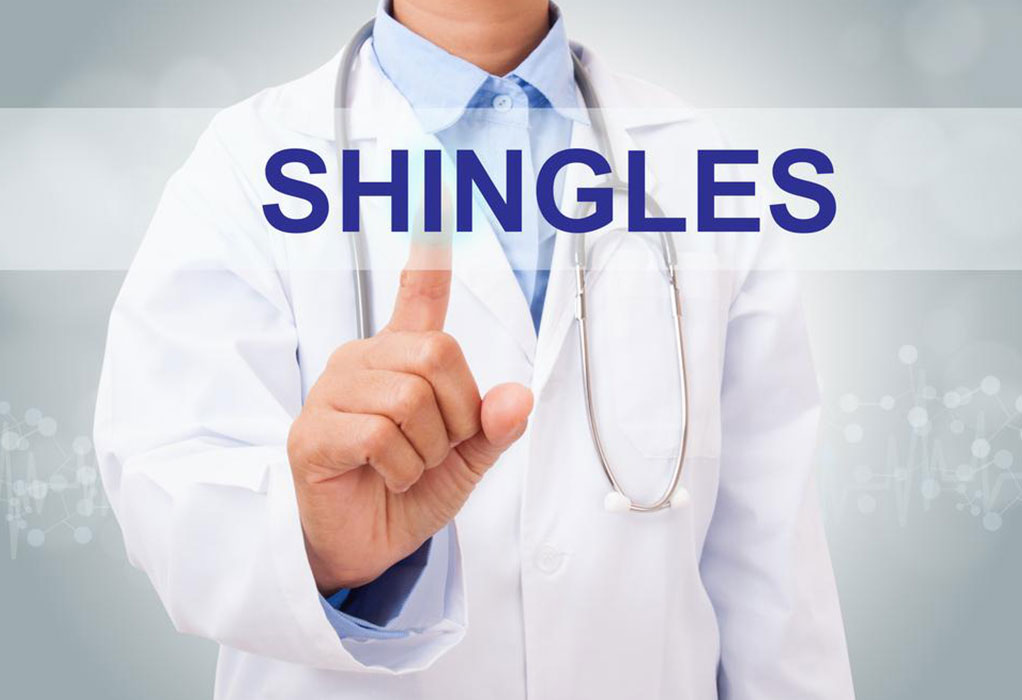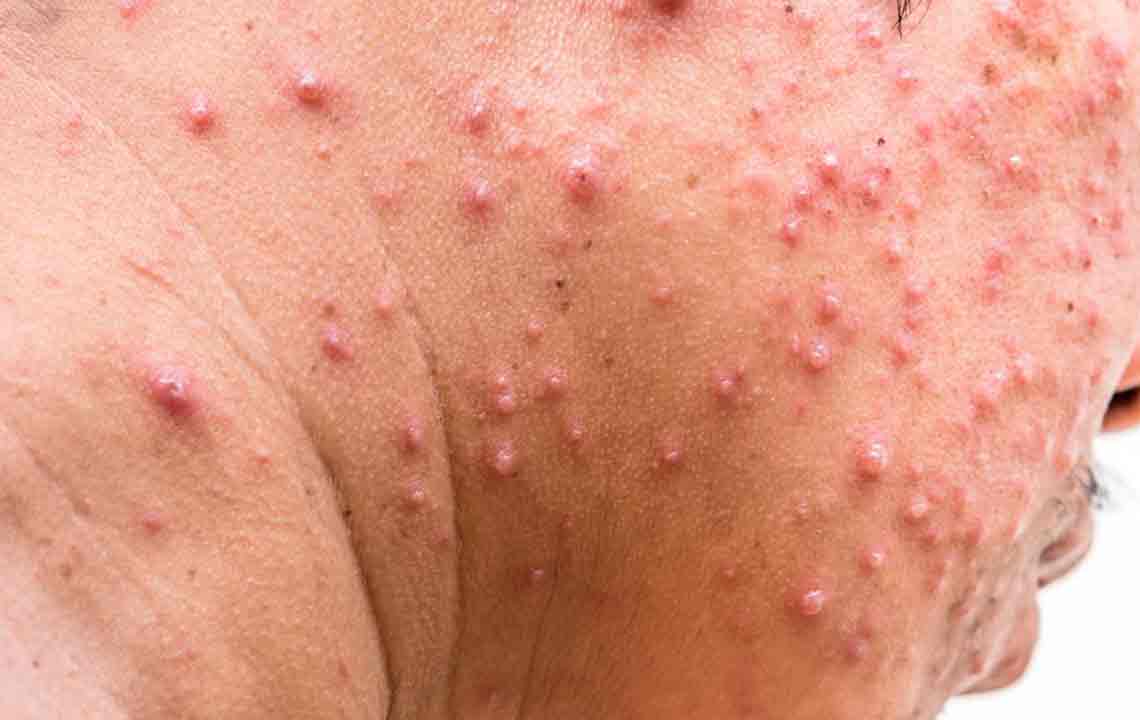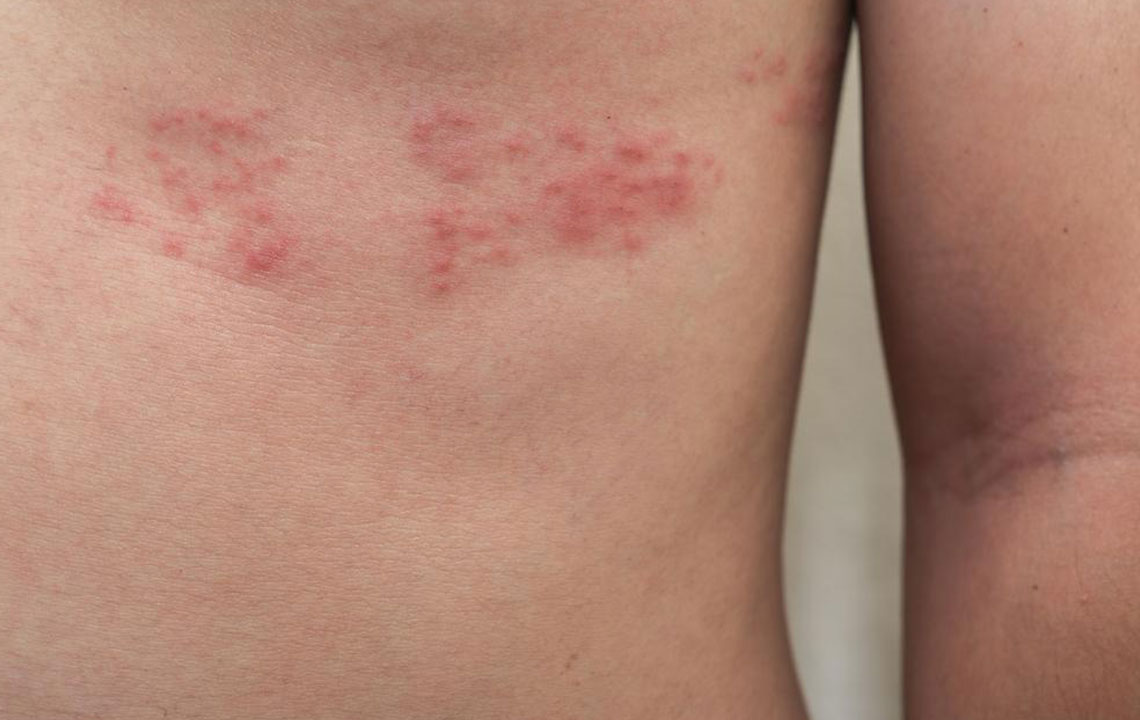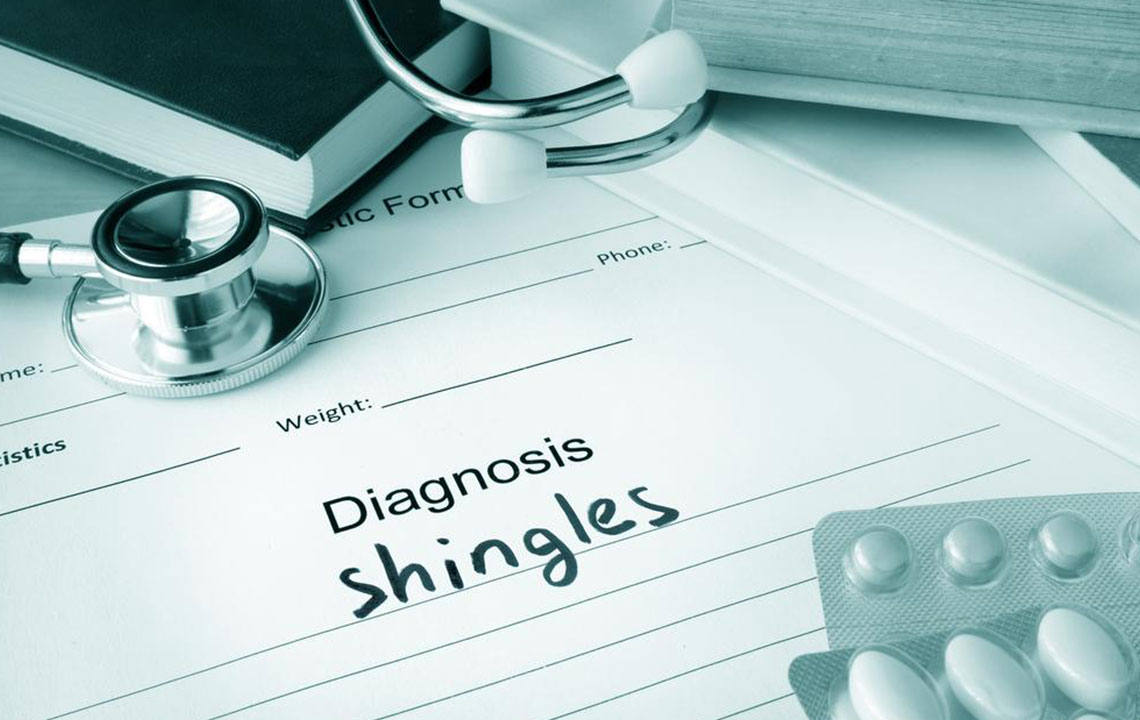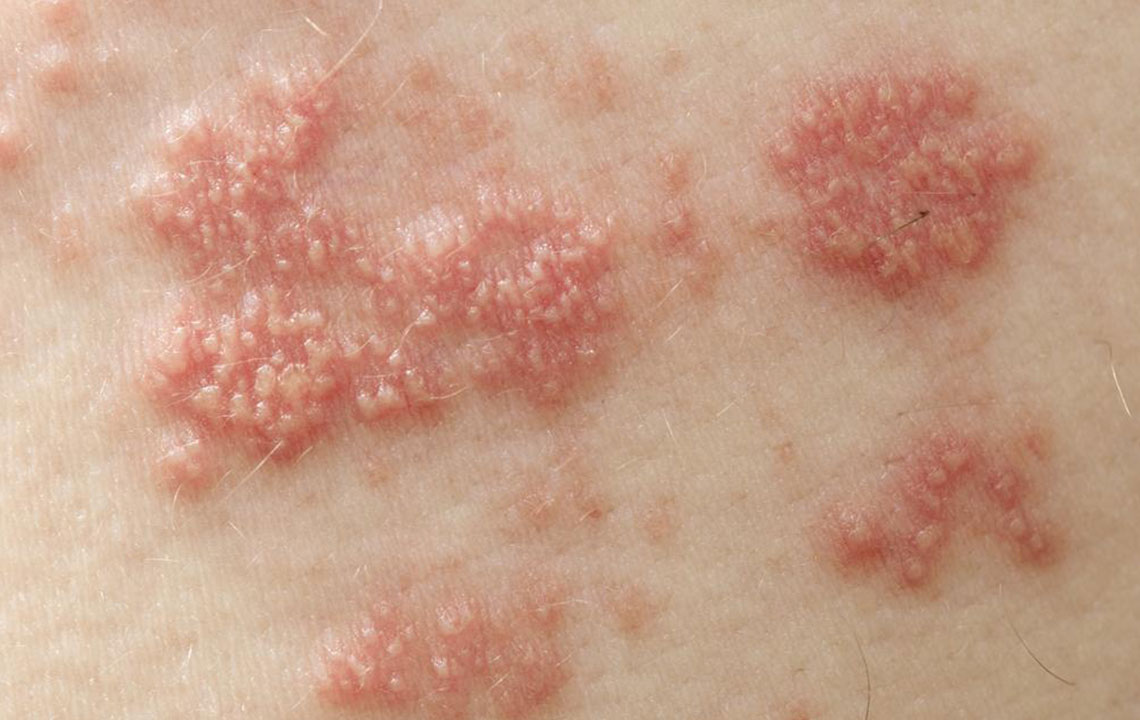Effective Strategies for Managing Shingles Discomfort
Discover proven strategies to manage shingles symptoms effectively. From early antiviral treatment to pain relief options and home remedies, this guide provides comprehensive advice to alleviate discomfort and prevent complications. Prompt medical attention and proper care practices can significantly reduce pain, prevent persistent nerve issues, and support faster recovery. Tailored treatments and lifestyle tips empower patients to take control of their health during a shingles outbreak.

Top Methods to Alleviate Shingles Symptoms
Shingles is triggered by the reactivation of the Varicella-Zoster virus, which also causes chickenpox. After recovering from chickenpox, the virus remains dormant in nerve tissues and can become active again later in life, leading to shingles. Individuals with a history of chickenpox are at increased risk of developing shingles.
Common signs include painful skin rashes that often appear on one side of the body or face as a band of blisters.
What to do upon noticing these symptoms?
It’s vital to consult a healthcare professional immediately if you observe skin rashes or blisters. Early treatment within 72 hours can significantly speed recovery. Your doctor will evaluate the symptoms and prescribe antiviral drugs to control the infection, reduce pain, and promote healing. Pain is often intense, especially if blisters rupture, so prompt medical attention is essential.
Primary Treatment Options for Shingles Relief
There are several effective treatments available. Usually, antivirals are prescribed since shingles is caused by a virus.
Administering antiviral medication within the first 72 hours of rash onset reduces the risk of developing Postherpetic Neuralgia — a condition characterized by persistent nerve pain following the rash's resolution. Timely medication can decrease this risk by over 50%, alleviating long-term discomfort.
Pain Management
Antiviral drugs are primary, but pain relief is crucial during the healing phase.
Topical numbing creams, sprays, or gels can provide additional relief.
Corticosteroid injections may be recommended to reduce inflammation.
These measures help control pain and decrease the chances of nerve pain lingering after healing.
Home Care Tips
If you prefer non-medicinal approaches, consider these remedies:
Regular, cool baths or compresses can soothe the skin and reduce itching and pain. Avoid hot water, which could worsen symptoms.
Minimize stress, as it may intensify symptoms. Engaging in calming activities or hobbies can help distract from discomfort.
Applying a cornstarch and water paste can help alleviate severe itching.
Strengthening your immune system through a balanced diet rich in lean meats, leafy greens, eggs, dairy, beans, and whole grains, while avoiding excess sugar and saturated fats, can help prevent spread and promote faster recovery.
These home remedies assist in symptom relief but do not replace prescribed medication. Following medical instructions for a duration of two to six weeks is essential for effective recovery. Adhering to your healthcare provider’s guidance will ensure the best results.
